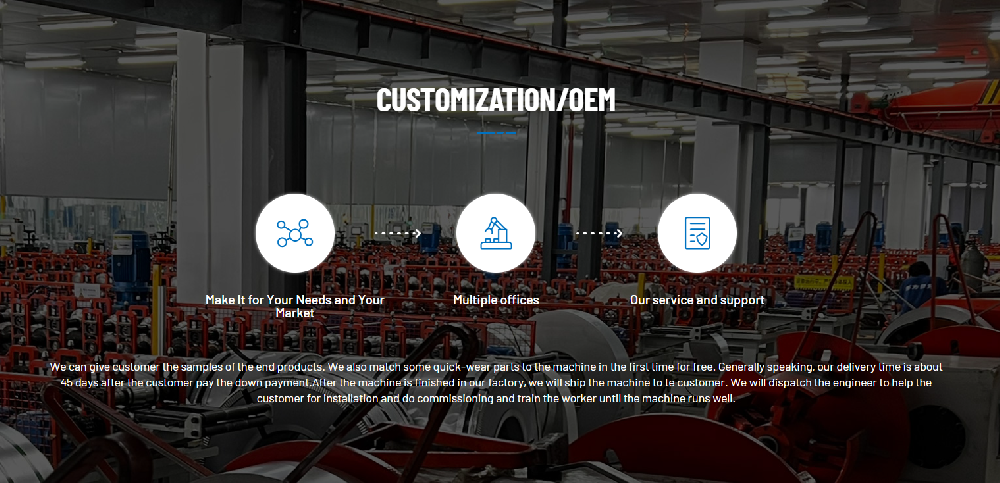Navigation Menu
Contact Us
- Email:
- info@wxavatar.com
- Address:
- Yurong Village, Yuqi Street, Huishan District, Wuxi, China.
Release Date:Jun 14, 2025 Visit:43 Source:Roll Forming Machine Factory
As commercial vehicles and personal trucks continue to grow in size and weight, many transportation experts are beginning to question whether current highway guardrails are sufficient for modern traffic demands. The evolution of vehicle design has introduced heavier loads and larger dimensions, raising concerns about the performance of existing roadside safety barriers.

The Increasing Weight of Modern Vehicles
In recent years, there has been a noticeable shift toward larger SUVs, pickup trucks, and heavier electric vehicles. Additionally, commercial trucks are often transporting more cargo than ever before. This increase in vehicle weight may challenge the capacity of guardrail systems originally designed with lighter vehicles in mind.
Guardrail Design and Testing Standards
Modern guardrails are typically tested using standardized crash scenarios, which often focus on passenger vehicles and mid-sized trucks. While these tests provide useful benchmarks, they may not fully reflect the impact forces generated by significantly heavier or taller vehicles.
Some states and agencies have begun to evaluate whether adjustments in guardrail height, strength, and anchoring are necessary to accommodate this shift in traffic patterns. The key consideration is ensuring that barriers can effectively redirect or contain heavier vehicles during collisions.
Potential Performance Concerns
When a heavier vehicle collides with a guardrail, several challenges may arise:
The guardrail may not fully absorb or redirect the energy, leading to potential barrier penetration or vehicle rollover.
Heavier trucks may ride over or push through barriers that were originally designed for lighter impact scenarios.
The deflection distance of the barrier may exceed safe limits, affecting nearby traffic lanes or road structures.
These concerns have led to further studies on how current guardrail systems perform under various impact conditions involving larger vehicles.
Ongoing Improvements and Considerations
Highway safety authorities continue to explore potential updates to guardrail systems. Some initiatives under consideration include:
Increasing the structural strength of the guardrail materials.
Adjusting barrier heights to better align with larger vehicle frames.
Enhancing end terminal designs to improve energy absorption in high-impact situations.
Industry experts suggest that regular evaluations and updates to guardrail standards may help maintain road safety as vehicle trends evolve.

Conclusion
The growing size and weight of modern vehicles present new challenges for roadside safety barriers. While many of today’s guardrails still provide an essential level of protection, further assessments and potential upgrades may be necessary to ensure they remain effective for all vehicle types. Continuous research and adaptation will be key to supporting safer roadways in the future.